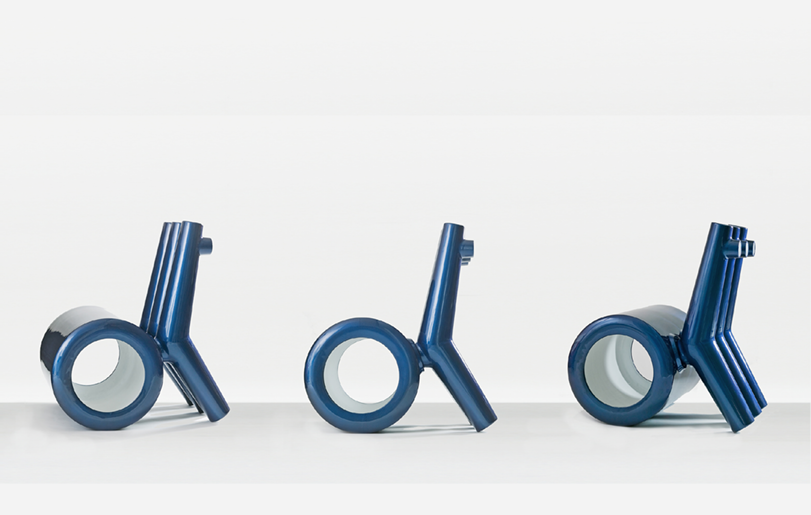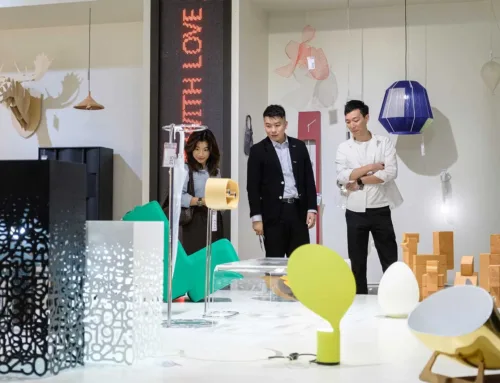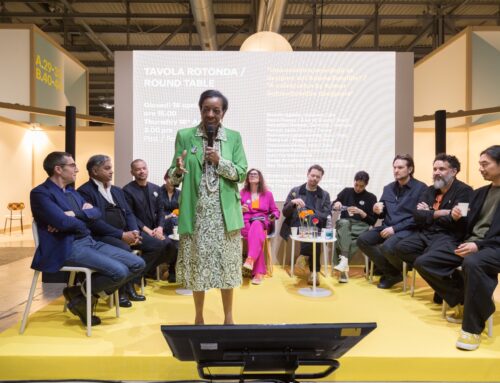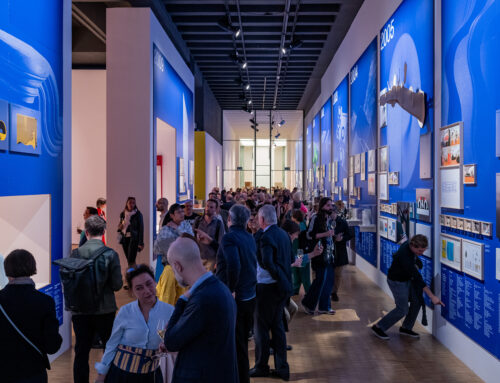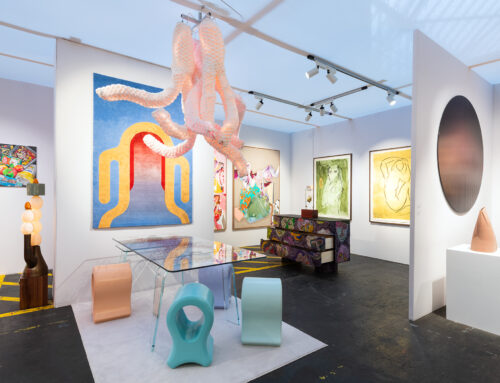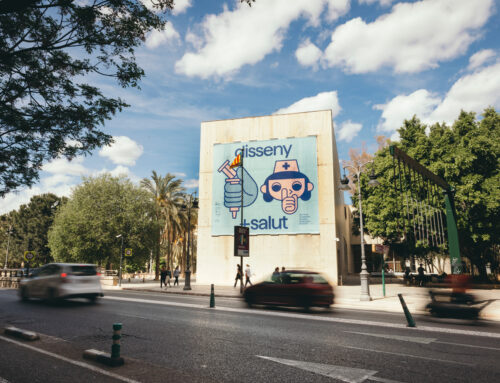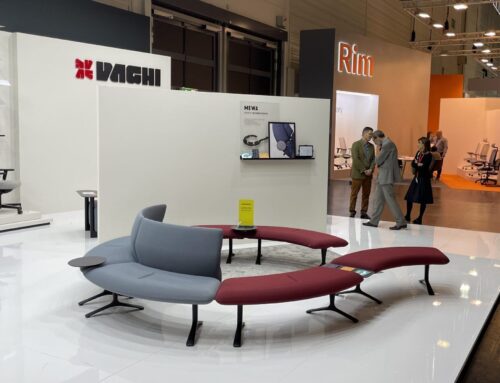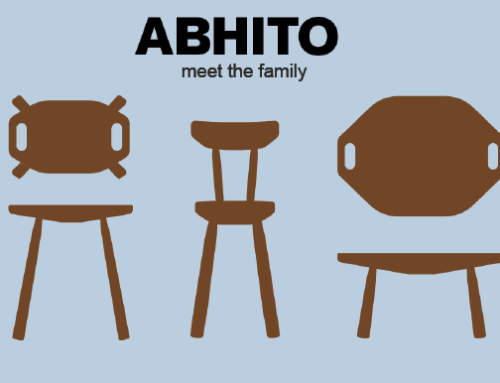RCCC – ROLL CARBON CERAMIC CHAIR design Satyendra Pakhale now on view at the opening exhibition at M+ Museum Hong Kong
RCCC – ROLL CARBON CERAMIC CHAIR — Is it high-tech or low-tech? ‘I never see materials as high-tech or low-tech,’ says Satyendra Pakhalé. ‘I don’t even want to see various technologies as high or low-tech. I always want to use what is appropriate in a given situation. However, observing this senseless debate about high- and low-tech as a provocation, I created Roll Carbon Ceramic Chair.’ This piece combines two unexpected materials in a seamless manner: supposedly high-tech carbon fibre, and supposedly low-tech ceramic. The Roll Carbon Ceramic Chair is a one-off piece. Thanks to Pakhalé’s close relationship with the Italian artisans who took on such an adventurous project and shared the risks, it was possible to achieve the RCCC as a unique structural piece in ceramics with an articulate, crafted surface finish in carbon fibre.
DESIGN AND PLURALISM, Aric Chen writes
[…] Pakhalé stands out especially for his ability to navigate multiple identities as a designer – Indian, global, European, industrial, conceptual, craft-driven, whatnot – in a way that doesn’t so much reconcile them as embrace their seemingly dissonant co-existences. Whether expanding design’s cultural and interpretive possibilities, or discarding its disciplinary boundaries, he approaches the field with an equanimity that draws no hierarchical distinctions between hand-crafted tradition and emerging technologies, high-tech and low-tech, ceremonial and utilitarian […]. To look within his body of work, and at his work in the broader landscape, is to see an argument for design as a more pluralistic enterprise.
Pakhalé is emblematic of a discursive moment that has seen, in fits and starts, the undoing of binary logics – between East and West, functional and decorative, modern and traditional. At the same time, design and design history – long dominated by the largely Euro-American narratives at its centre, with most everything else at the periphery – has opened up to a new global and geopolitical condition, in which there are (at the very least) multiple centres and peripheries. Or taking it further, everywhere is both at the centre and the periphery at the same time.
In this context, Pakhalé was among the first designers we sought out as we began forming the permanent design and architecture collection of M+, the museum in Hong Kong. […] we saw a resonance with Pakhalé’s designs, which root themselves in specific contexts while also moving fluidly among them. While there was much throughout his work that attracted us, we homed in on his Roll Carbon Ceramic Chair, whose ceramic form, wrapped in carbon fibre, presented its didactic purpose all too well.
The chair’s technical challenges are not insubstantial. But it is the co-existence of its two seemingly diametrically opposed materials and making processes, sculpted into a form whose ritualistic nature supersedes any other ostensible function, that makes the point. While conflating high- and low-tech, the design bears a ceremonial aura that can certainly be traced to Pakhalé’s own work, research and background in India – but also tangentially to the Italian designer Ettore Sottsass Jr. (a great influence on Pakhalé), whose own debt to India, beginning with his visits there in the 1960s, is becoming more fully understood. In its singular way, the Roll Carbon Ceramic Chair contains multiple readings and narratives that move and intersect across geographies.
Reference
Alessi Alberto. et al. Satyendra Pakhalé. Culture of Creation. Rotterdam: nai010 publishers, 2019, p113-120.
